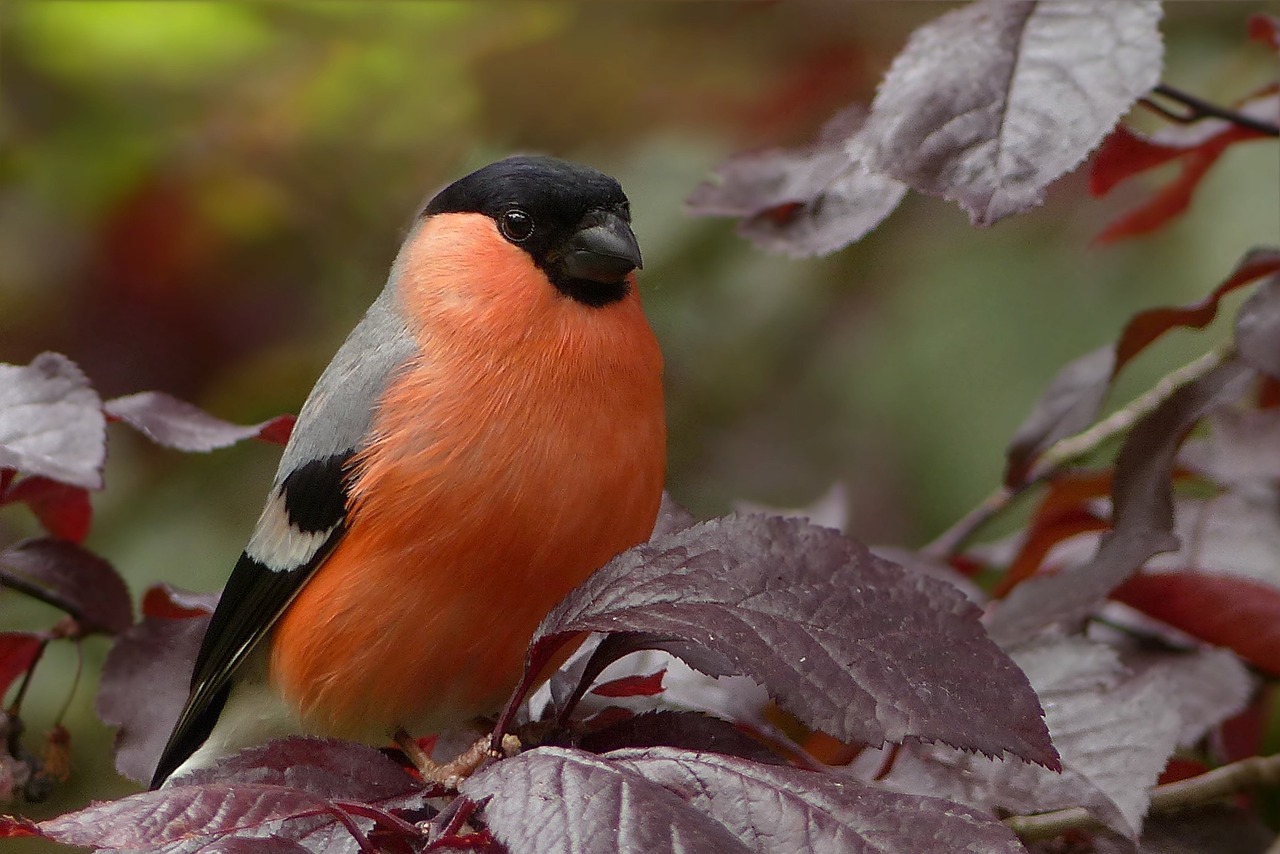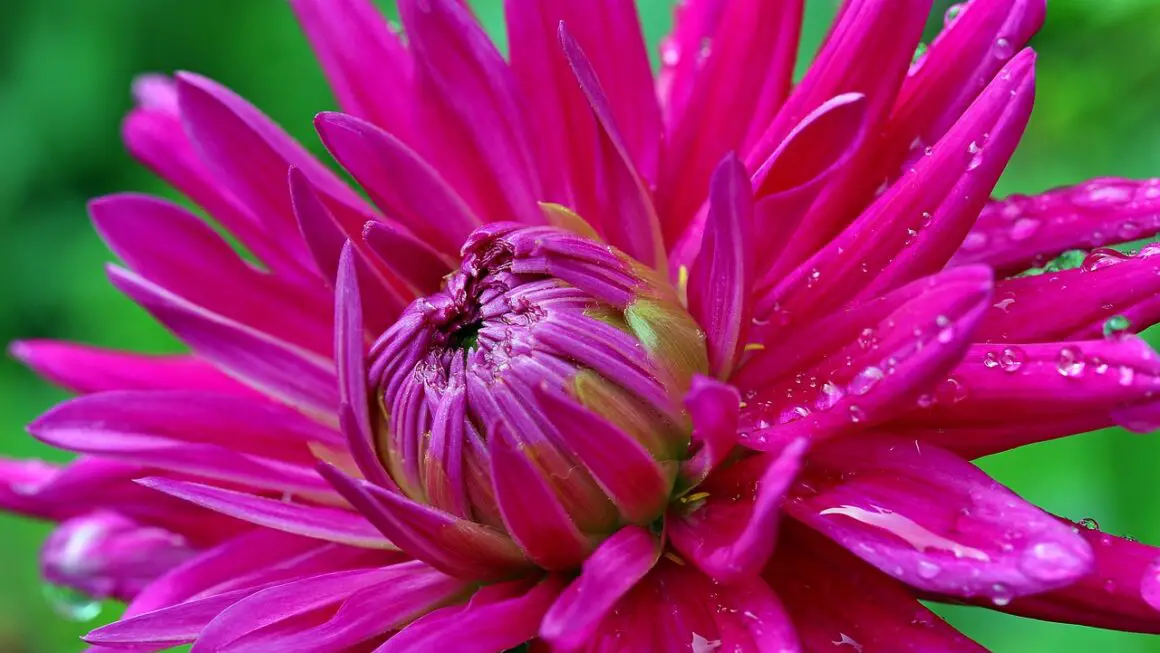The changing seasons offer unique opportunities to transform your garden into a vibrant, thriving landscape. From the delicate blooms of spring to the hearty harvests of autumn, understanding seasonal planting is key to achieving a garden that is both beautiful and productive. This guide will provide you with the knowledge and practical tips you need to maximize your gardening success throughout the year.
Understanding Seasonal Planting
What is Seasonal Planting?
Seasonal planting refers to the practice of planting crops and flowers that are best suited to the specific climate and conditions of each season. This approach considers factors such as temperature, rainfall, sunlight hours, and soil conditions. Planting at the right time allows plants to thrive, minimizing the risk of frost damage, heat stress, and pest infestations.
Why is Seasonal Planting Important?
- Increased Yields: Plants grown in their optimal season produce higher yields and are more productive overall.
- Reduced Pest and Disease Problems: Seasonally appropriate plants are naturally more resistant to pests and diseases common during those times.
- Better Plant Health: Optimal growing conditions lead to healthier and more vigorous plants.
- Water Conservation: Matching plants to the season’s rainfall patterns can reduce the need for supplemental watering.
- Extended Growing Season: By planning your planting schedule, you can enjoy fresh produce and beautiful flowers for a longer period.
- Example: Planting tomatoes in early spring, before the soil has warmed sufficiently, can result in stunted growth and increased susceptibility to diseases. Conversely, planting heat-loving peppers in mid-summer ensures they have ample time to mature before cooler temperatures arrive.
Spring Planting: Awakening Your Garden
Preparing Your Garden for Spring
Spring is a time of renewal and growth. Before planting, take these steps:
- Soil Preparation: Amend the soil with compost or other organic matter to improve drainage and fertility. A soil test can identify nutrient deficiencies.
- Clean Up: Remove any dead leaves, branches, and debris from your garden beds.
- Weed Control: Address any weeds that have emerged before they become a problem.
- Tools: Ensure your gardening tools are clean, sharpened, and ready for use.
What to Plant in Spring
Spring planting focuses on crops that prefer cooler temperatures and longer days:
- Vegetables: Lettuce, spinach, kale, radishes, peas, carrots, potatoes, and onions.
- Flowers: Pansies, violas, daffodils, tulips, hyacinths, and primroses.
- Herbs: Parsley, cilantro, chives, and mint.
- Tip: Start seeds indoors 6-8 weeks before the last expected frost to get a head start on the growing season. Hardening off seedlings before transplanting them outdoors is crucial.
Spring Planting Zone Considerations
Different zones have different frost dates. Be sure to consult your local resources and frost maps to ensure your planting schedule is accurate for your specific climate. For example, planting warm-season crops like tomatoes in Zone 3 in early Spring would result in a failed crop.
Summer Planting: Embracing the Heat
Planting for a Summer Harvest
Summer offers opportunities for planting crops that thrive in warm weather and plenty of sunshine.
- Vegetables: Tomatoes, peppers, cucumbers, zucchini, eggplant, beans, and corn.
- Flowers: Sunflowers, zinnias, marigolds, petunias, and cosmos.
- Herbs: Basil, oregano, thyme, and rosemary.
Summer Planting Tips
- Watering: Regular watering is essential during the hot summer months. Water deeply and consistently, especially during dry spells. Aim to water in the early morning to minimize evaporation.
- Mulching: Apply a layer of mulch around your plants to help retain moisture, suppress weeds, and regulate soil temperature.
- Shade: Provide shade for plants that are sensitive to intense heat, especially during the hottest part of the day.
- Succession Planting: Plant quick-growing crops like radishes and lettuce every few weeks to ensure a continuous harvest throughout the summer.
- Data: According to the USDA, tomatoes are the most popular garden vegetable in the United States. Ensure you provide adequate support for tomato plants, such as stakes or cages.
Autumn Planting: Extending the Growing Season
Preparing for Fall Planting
Autumn is an excellent time for planting cool-season crops that will mature before the first frost or overwinter for a spring harvest.
- Soil Preparation: Amend the soil with compost to replenish nutrients depleted during the summer.
- Clean Up: Remove any dead or diseased plants from the garden.
- Weed Control: Address any weeds that have emerged.
What to Plant in Autumn
- Vegetables: Lettuce, spinach, kale, arugula, broccoli, cauliflower, cabbage, and garlic.
- Flowers: Mums, pansies, violas, and ornamental kale.
- Cover Crops: Plant cover crops like rye or clover to improve soil health and prevent erosion over the winter.
- Practical Example: Planting garlic in the fall allows it to develop strong roots over the winter, resulting in a larger harvest the following summer.
Protecting Plants from Frost
- Row Covers: Use row covers to protect plants from frost and extend the growing season.
- Cold Frames: Build or purchase a cold frame to provide a sheltered environment for plants.
- Mulching: Apply a thick layer of mulch around plants to insulate the soil and protect roots.
Winter Planting: Planning and Preparation
What Can Be Planted in Winter?
While most plants are dormant, some can still be planted depending on your climate:
- Garlic: In milder climates, garlic can be planted in late fall or early winter.
- Cover Crops: Continue planting cover crops to improve soil health.
- Winter Vegetables: Some hardy vegetables, like kale and spinach, can tolerate winter conditions in certain regions.
Winter Gardening Activities
- Planning: Use the winter months to plan your garden for the upcoming spring. Sketch out your garden layout, choose your seeds, and create a planting schedule.
- Seed Starting: Start seeds indoors for early spring crops.
- Tool Maintenance: Clean, sharpen, and repair your gardening tools.
- Soil Testing: Take a soil sample and have it tested to determine any nutrient deficiencies.
- Actionable Takeaway:* Take time to research winter sowing techniques in your region. This method involves planting seeds in protected containers outdoors during the winter, allowing them to germinate naturally in the spring.
Conclusion
Seasonal planting is a rewarding and effective way to cultivate a thriving garden. By understanding the specific needs of plants during each season and adapting your planting schedule accordingly, you can maximize yields, minimize problems, and enjoy fresh produce and beautiful flowers throughout the year. Remember to consult your local resources and experiment to find what works best in your unique climate and garden. Happy gardening!



